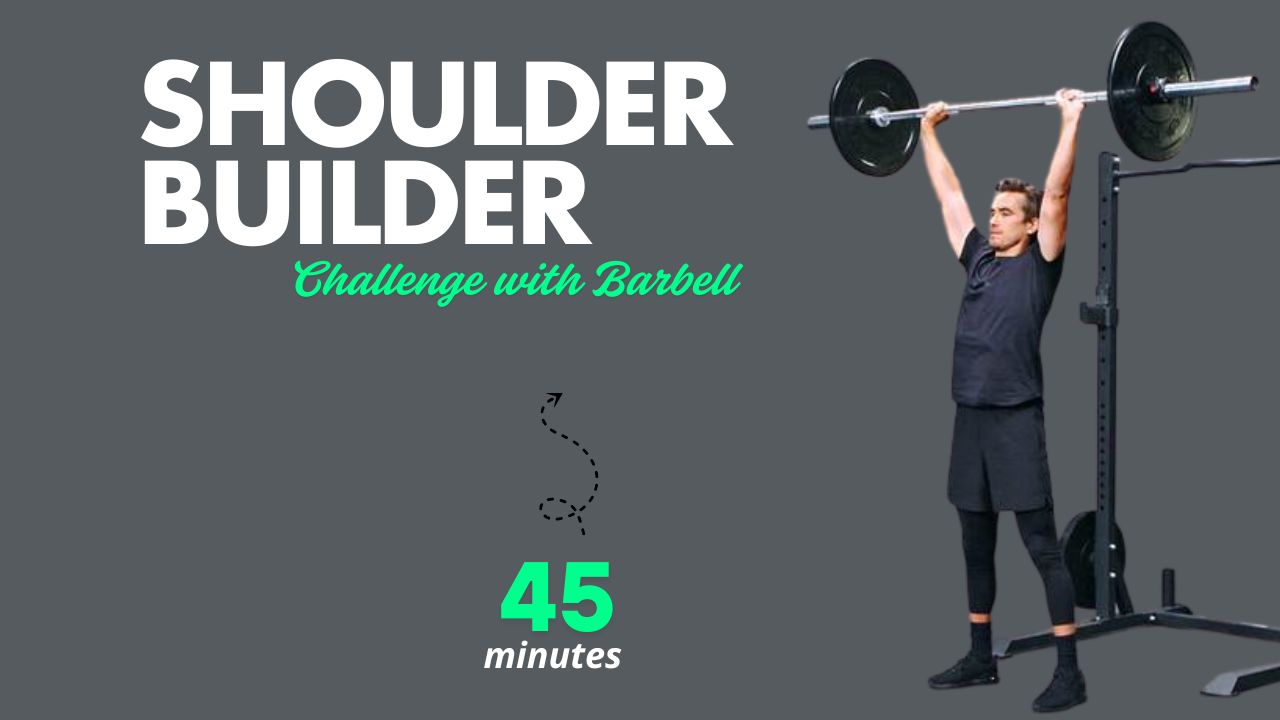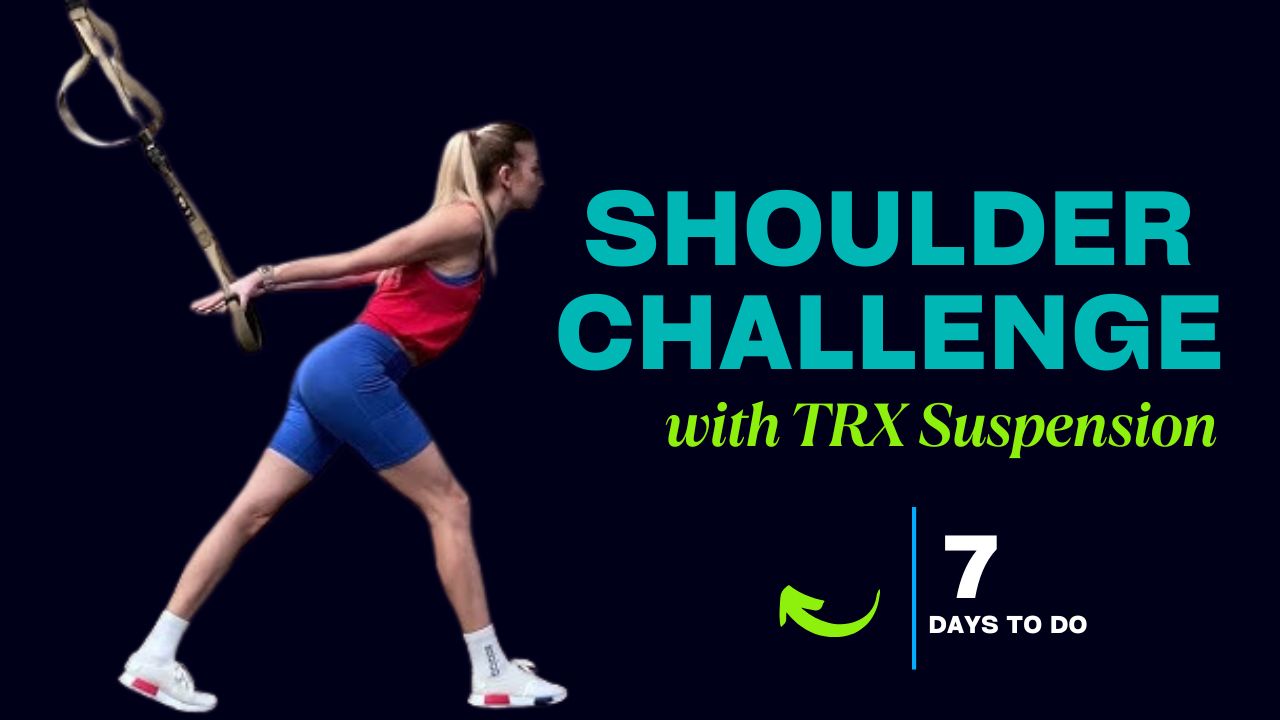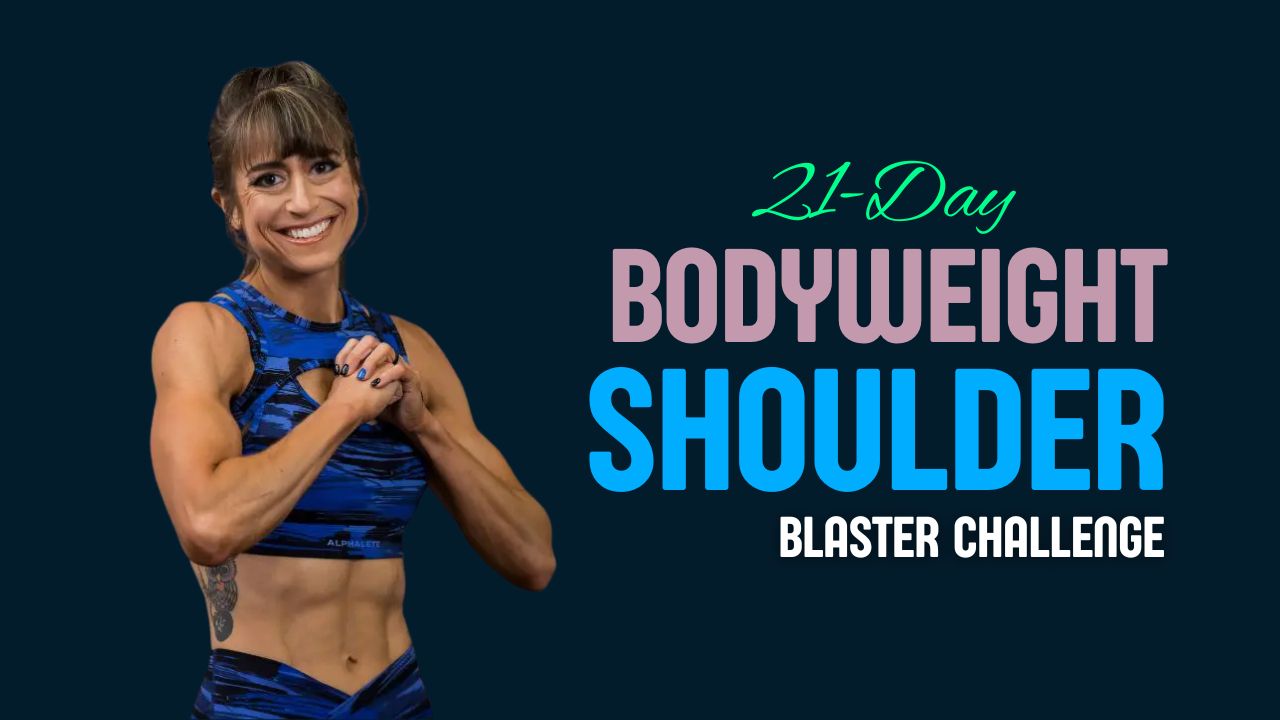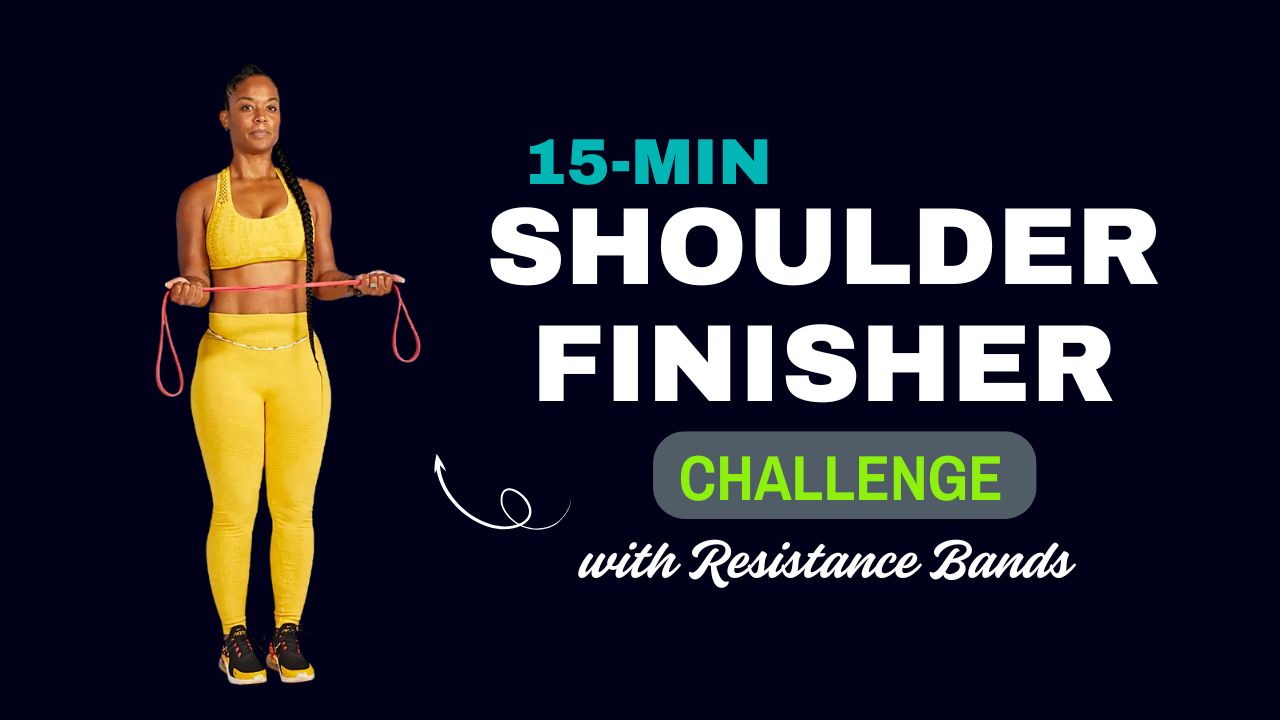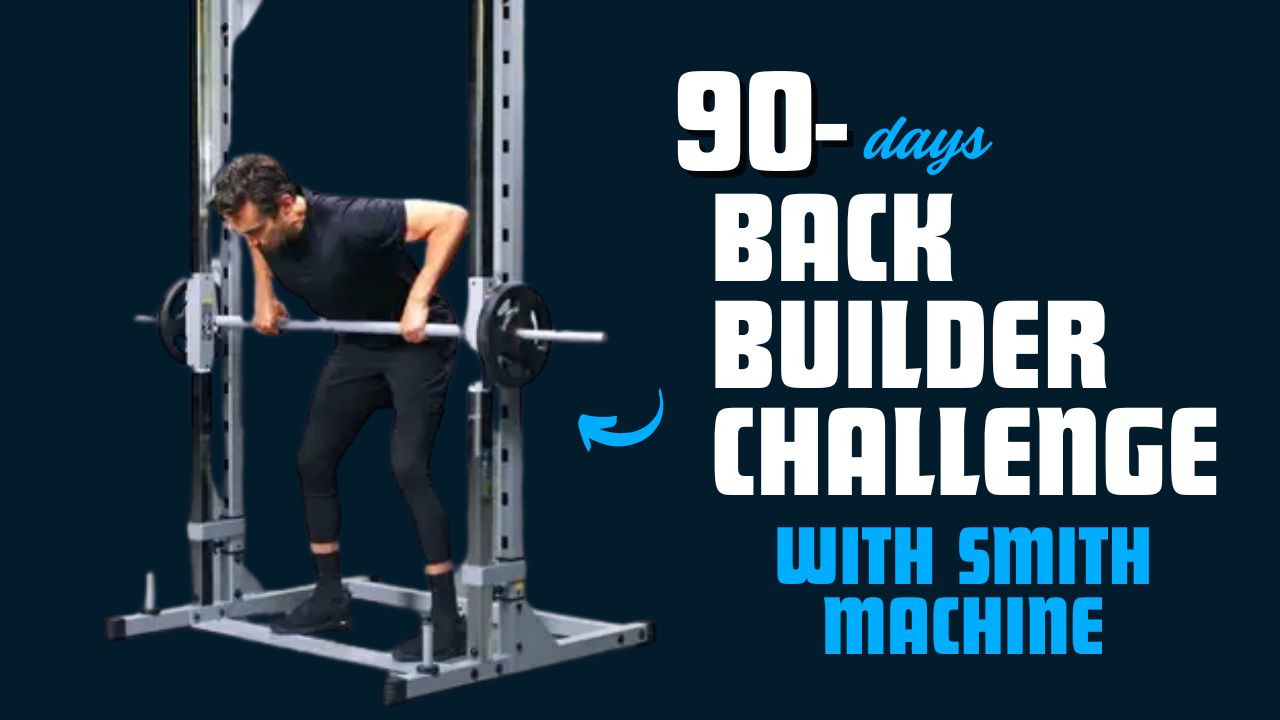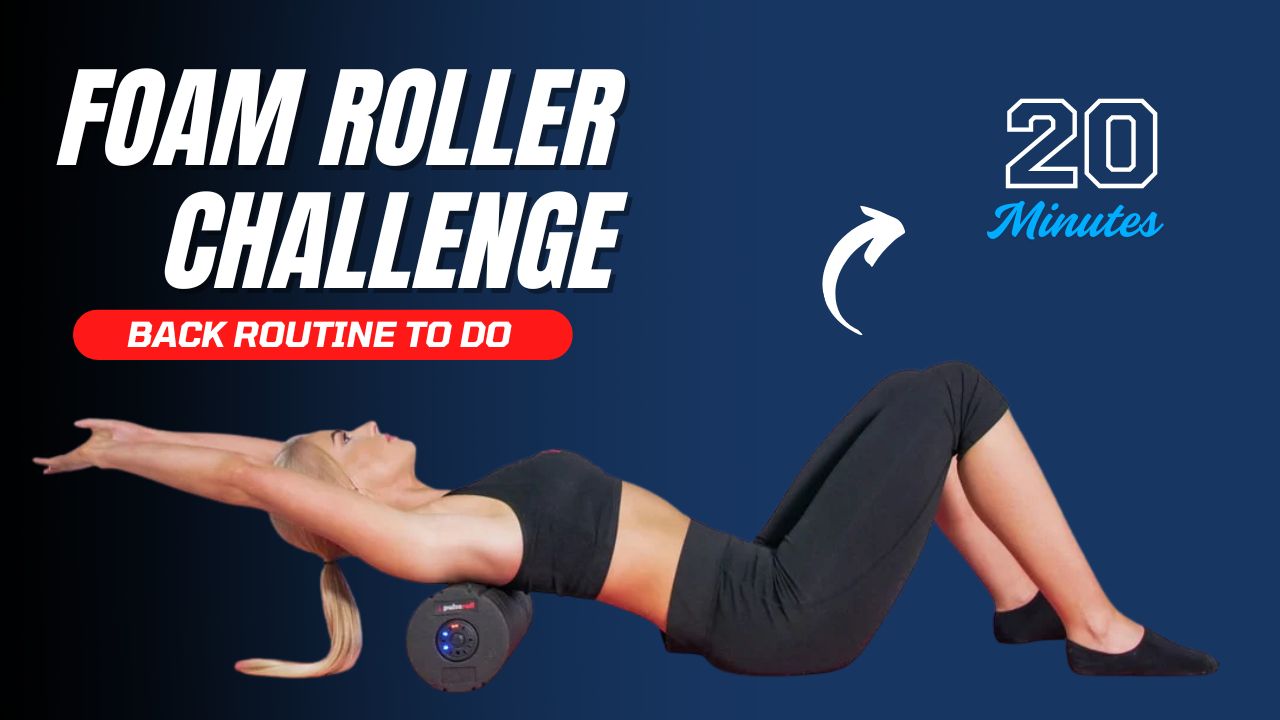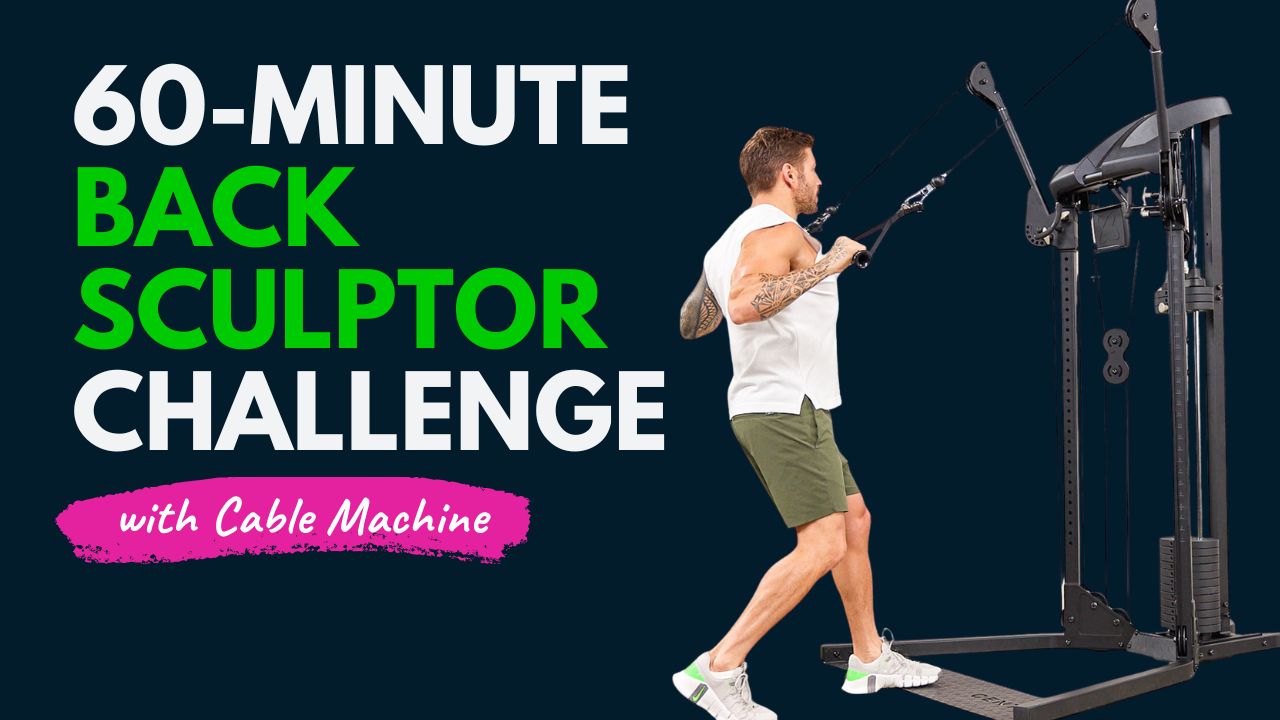Chest training is often about pushing heavy weights, but if your joints are aching or your range of motion feels limited, you’re probably missing an important piece of the puzzle: joint-friendly strength building.
The stability ball, often overlooked in strength training, is one of the most effective tools to develop a strong, functional chest while protecting your shoulders, wrists, and elbows.
Unlike a flat bench, the stability ball introduces instability, which forces your chest, core, and stabilizing muscles to work harder. This not only builds strength and muscle definition but also enhances joint integrity over time.
Did you know?
Research from the Journal of Strength and Conditioning Research found that performing resistance exercises on unstable surfaces increases the recruitment of stabilizer muscles by up to 30%, improving joint stability and functional strength.
If your goal is to get a fuller chest, stronger joints, and better posture in just three workouts a week, this program is built for you.
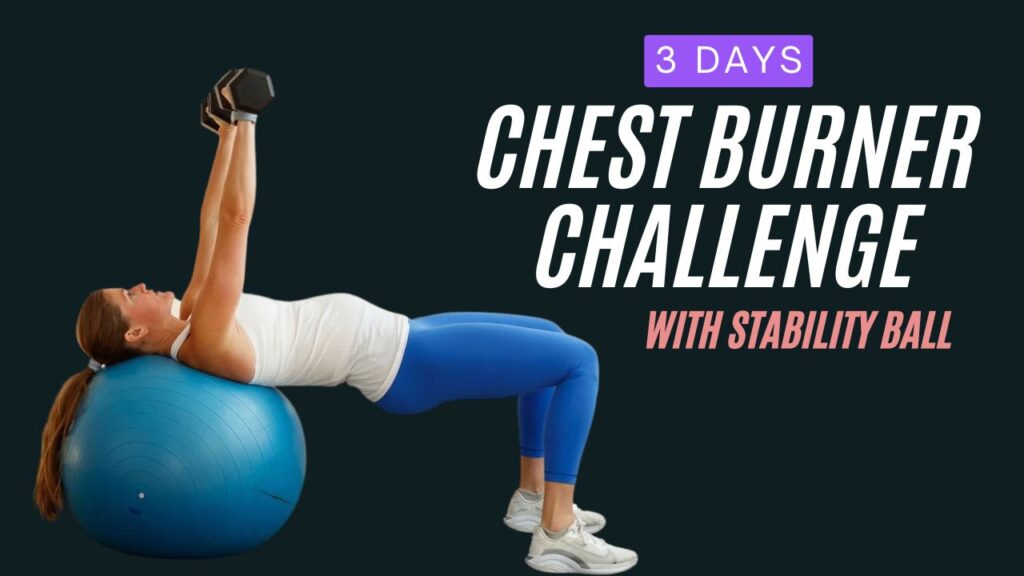
Table of Contents
Why Use a Stability Ball for Chest Workouts?
Before diving into the exercises, it’s important to understand why this simple piece of equipment is a joint-friendly powerhouse:
- Improved Joint Support: Encourages proper shoulder alignment and reduces strain.
- Enhanced Muscle Activation: Core and stabilizer muscles fire up along with the chest.
- Better Range of Motion: Allows a deeper stretch at the bottom of presses and flyes.
- Versatility: Suitable for beginners and advanced lifters by adjusting load and tempo.
- Functional Strength Gains: Mimics real-life pushing movements, not just gym lifts.
Myth Busted:
Many believe heavy bench pressing is the only way to build a strong chest. In reality, combining moderate resistance with instability training can be equally effective for strength while being safer for your joints.
What Can Happen After 30 Days of This Workout
| Positive Changes | Why It Happens |
|---|---|
| Improved chest muscle definition | Consistent targeted activation of pectoral muscles builds tone and shape. |
| Increased joint stability in shoulders and elbows | Stability ball exercises engage stabilizer muscles that support joint health. |
| Better core strength and posture | Constant core engagement during unstable movements strengthens abs and back. |
| Enhanced muscle endurance | Moderate resistance and controlled reps improve stamina in upper body muscles. |
| Greater range of motion in chest movements | The ball allows deeper stretches, improving flexibility and mobility. |
| Reduced shoulder discomfort during pressing movements | Joint-friendly angles minimize stress on the rotator cuff and connective tissues. |
| Boosted mind-muscle connection | Controlled, focused exercises improve neuromuscular coordination. |
Do & Don’t for the 3-Day Chest Burner with Stability Ball
| Do | Don’t |
|---|---|
| Warm up for 5–10 minutes with dynamic stretches before starting. | Skip warm-ups, as this increases your risk of muscle and joint injury. |
| Keep your core tight to maintain balance and protect your lower back. | Let your hips sag or arch excessively during exercises. |
| Start with light weights to master form before increasing resistance. | Jump straight to heavy weights without proper technique. |
| Maintain slow and controlled movements for better muscle activation. | Rush through reps, which can compromise form and strain joints. |
| Choose a stability ball that lets your knees bend at 90° when seated. | Use an oversized or undersized ball, which can affect balance and form. |
| Rest for 45–60 seconds between sets to recover. | Cut rest too short, leading to poor performance and possible injury. |
| Listen to your body and stop any movement that causes pain. | Push through sharp pain, especially in shoulders or wrists. |
| Stay hydrated and follow a balanced diet to support recovery. | Neglect nutrition and hydration, slowing down muscle repair and growth. |
The 3-Days Chest Burner Exercises
Below are six carefully chosen stability ball chest exercises, each designed to maximize muscle activation while promoting joint health. For each move, you’ll find:
- Description – Why it works and what it targets.
- How to – Step-by-step execution for proper form.
1. Stability Ball Dumbbell Chest Press
Description:
A stability ball press replicates a bench press but with added instability, engaging your chest, shoulders, triceps, and deep core muscles. It promotes shoulder joint stability while still allowing progressive overload.
How to:
- Sit on the stability ball holding a dumbbell in each hand.
- Walk your feet forward until your upper back rests on the ball, knees bent at 90°, hips lifted.
- Start with dumbbells at chest level, elbows bent at 90°.
- Press the weights upward until your arms are fully extended but not locked out.
- Lower slowly, feeling a stretch in the chest before pressing up again.
Tip: Keep your hips lifted to engage your glutes and core.
2. Stability Ball Dumbbell Fly
Description:
Fly movements are excellent for stretching the pectoral muscles while building strength in the connective tissue around the shoulder joint. The ball deepens the stretch and forces stabilizer engagement.
How to:
- Position yourself on the ball as in the chest press.
- Hold the dumbbells above your chest with a slight bend in the elbows.
- Open your arms wide in an arc, lowering until you feel a gentle stretch in your chest.
- Squeeze your chest to bring the weights back together over your chest.
- Avoid bending or locking the elbows excessively to protect the joints.
3. Stability Ball Push-Ups
Description:
This push-up variation adds instability, which intensifies muscle activation in the chest, shoulders, and triceps while demanding more from your core. It’s also easier on the wrists due to the ball’s natural give.
How to:
- Place your hands shoulder-width apart on the stability ball.
- Extend your legs back into a plank position, core tight.
- Lower your chest toward the ball, elbows tracking at about 45°.
- Push back up to the starting position without letting your hips sag.
- Maintain slow control to prevent the ball from rolling.
4. Stability Ball Decline Push-Ups
Description:
With your feet elevated on the ball, your upper chest and shoulders work harder. This variation builds upper pectoral mass and shoulder stability.
How to:
- Place your shins or feet on the stability ball and hands on the floor in a push-up position.
- Keep your body straight from head to heels.
- Lower your chest toward the ground, elbows at 45°.
- Push back up with controlled speed.
- Keep the ball stable by engaging your core and glutes.
5. Stability Ball Squeeze Press
Description:
Combines the benefits of a chest press with isometric contraction by squeezing the dumbbells together throughout the movement. The constant tension improves muscle endurance and joint stability.
How to:
- Lie on the ball in a press position with dumbbells touching each other over your chest.
- Press the weights upward while keeping them pressed together.
- Lower slowly, maintaining the squeeze at all times.
- Move in a controlled motion to avoid joint strain.
6. Stability Ball Single-Arm Chest Press
Description:
Training one side at a time challenges balance, core stability, and joint coordination, helping correct muscle imbalances.
How to:
- Lie on the ball with a dumbbell in your right hand, left arm out for balance.
- Perform a chest press with the right arm only.
- Keep your hips level and core tight to prevent rotation.
- Complete reps on one side, then switch to the other.
Form & Safety Tips
- Choose a stability ball that allows your knees to bend at 90° when seated.
- Warm up for 5–10 minutes with dynamic stretches and light movements.
- Start with lighter weights to master control before increasing load.
- Keep movements slow to maximize muscle engagement and protect joints.
- Breathe out during the press/push phase and inhale during lowering.
Did You Know?
Stability ball training can improve proprioception (your body’s sense of position), which is key to preventing sports and daily life injuries.
Additional Joint-Friendly Chest Training Tips
- Train through full range of motion for flexibility and strength.
- Mix tempos (slow eccentric, explosive concentric) to stimulate both fast and slow-twitch muscle fibers.
- Add recovery days between chest sessions to allow joint and muscle repair.
- Support your joints with proper hydration and a nutrient-rich diet (especially vitamin C, collagen, and omega-3s).
3-Day Chest Burner Stability Ball Workout Challenge
Perform this workout three times a week with at least one rest day in between (e.g., Monday, Wednesday, Friday). Adjust weights so the last 2–3 reps of each set feel challenging but maintainable.
| Day | Exercise | Sets | Reps | Rest |
|---|---|---|---|---|
| 1 | Stability Ball Dumbbell Chest Press | 3 | 10–12 | 60s |
| Stability Ball Dumbbell Fly | 3 | 10–12 | 60s | |
| Stability Ball Push-Ups | 3 | 8–10 | 45s | |
| Stability Ball Squeeze Press | 3 | 12–15 | 45s | |
| 2 | Stability Ball Decline Push-Ups | 3 | 8–10 | 60s |
| Stability Ball Single-Arm Chest Press | 3 | 8–10 per side | 60s | |
| Stability Ball Dumbbell Fly | 3 | 10–12 | 45s | |
| Stability Ball Push-Ups | 3 | 8–10 | 45s | |
| 3 | Stability Ball Dumbbell Chest Press | 4 | 8–10 | 60s |
| Stability Ball Decline Push-Ups | 3 | 8–10 | 60s | |
| Stability Ball Squeeze Press | 3 | 12–15 | 45s | |
| Stability Ball Dumbbell Fly | 3 | 10–12 | 45s |
If you want to continue this exercise, you can do so; you can incorporate this 3-day challenge routine into your weekly schedule and perform it 3 days each week.
Final Thoughts
This 3-Day Chest Burner with Stability Ball is not just about muscle growth — it’s about building lasting strength that supports healthy joints.
By combining targeted chest work with the instability of the ball, you’re training your muscles, tendons, and stabilizing structures to work together efficiently.
With consistent effort, expect improved upper body strength, posture, and joint resilience — all while reducing your risk of injury. Stick to the plan, keep your form sharp, and watch your chest and joint health transform.
Frequently Asked Questions (FAQs)
Can I do this workout if I’m a beginner?
Yes. Beginners should start with lighter weights or even just bodyweight variations of the exercises. Focus on mastering form before increasing resistance.
How heavy should my dumbbells be for these exercises?
Choose a weight that allows you to complete all reps with good form but still feels challenging in the last 2–3 repetitions. For most, this will be moderate weight rather than maximum load.
How long will it take to see results?
With consistent training and proper nutrition, you can start noticing strength and stability improvements within 3–4 weeks, and visible muscle changes in 6–8 weeks.
Do I need to do any other chest exercises besides this program?
This routine is complete on its own, but if you want to train more frequently, you can add push-up variations, cable flyes, or machine presses on non-program days.
Will stability ball training really help my joints?
Yes. The instability forces smaller stabilizer muscles around your joints to engage, improving joint stability and reducing the risk of injury over time.
Can I replace the stability ball with a bench?
You can, but you’ll lose the joint-stabilizing benefits and extra core activation that the ball provides. If joint health is your priority, stick with the ball.
How should I warm up before doing this routine?
Spend 5–10 minutes on dynamic movements like arm circles, wall push-ups, and light resistance band chest presses to prepare your muscles and joints.
Is this workout safe for people with shoulder pain?
If your shoulder pain is due to injury, consult a physiotherapist before starting. If it’s mild discomfort, these exercises are generally joint-friendly, but keep the weights light and avoid any movement that causes pain.
Can I use resistance bands instead of dumbbells?
Yes, resistance bands can work well with a stability ball and are often gentler on the joints. Just make sure to anchor them securely.
Should I do all three days in a row?
No. Allow at least one rest or active recovery day between sessions to give your muscles and joints time to recover.
